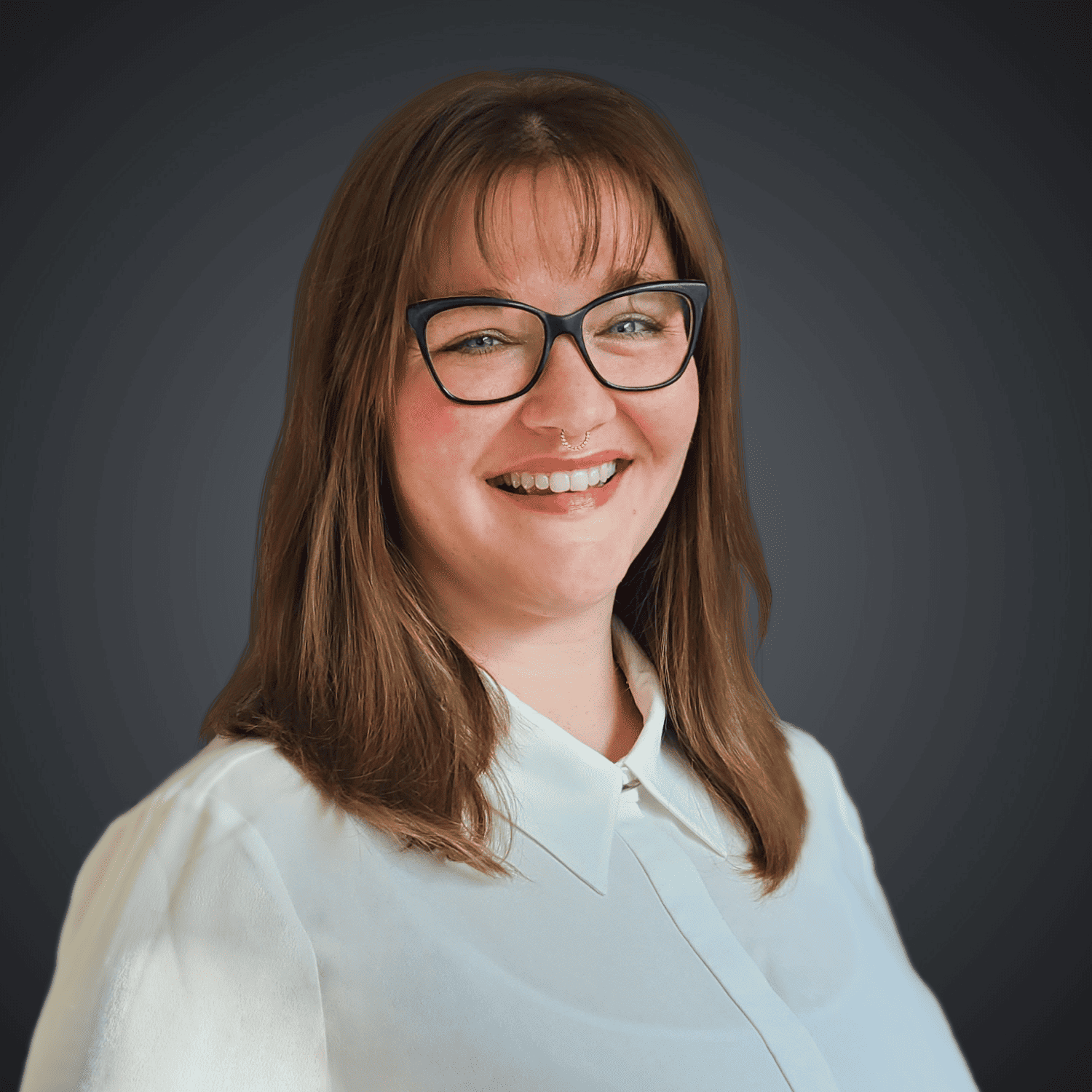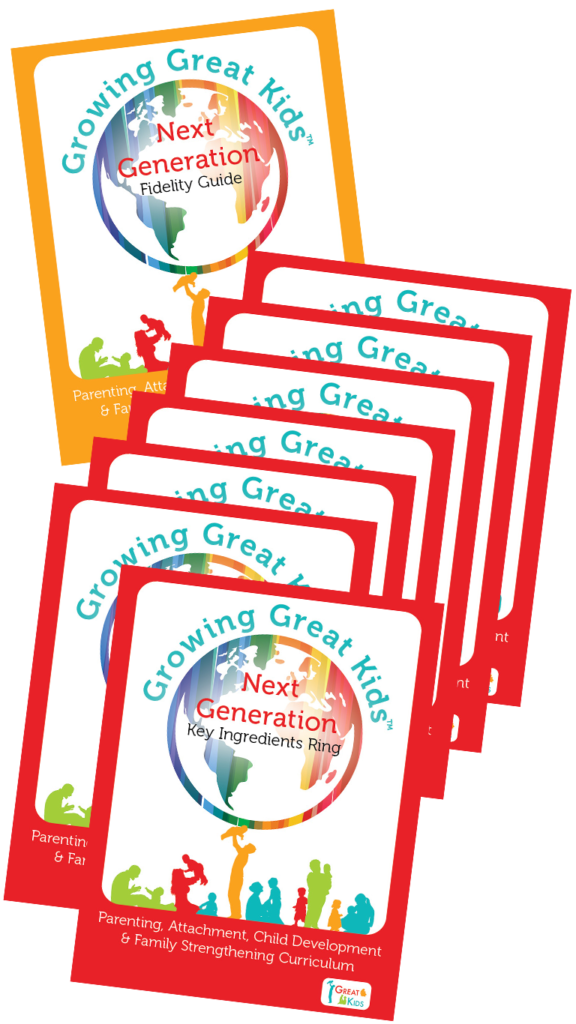 | | | | About the Author Toree Peters is a Trainer with Great Kids. Prior to joining the team, she was a home visitor and supervisor with Healthy Families Indiana where she used the Growing Great Kids curriculum to support families around Indianapolis. Toree starts every day with cold-brewed coffee and is always thrilled to recommend a new podcast or two when not sharing anecdotes about her two best friends – who happen to be her cats. |
What’s the first thing that comes to mind when you picture “playing pretend”?
Maybe you conjure up the image of a toddler using a recycled cardboard box as a racecar, or perhaps a preschooler mixing up a questionable potion from rarely used kitchen spices and tap water. I must admit, I have quite a bit of personal experience with the latter. For many adults, I think, we can quickly put together a colorful picture of a young child tapping into their imagination and transforming the world around them into one of their own designs. It’s more difficult, though, to find a similar picture for ourselves as grown-ups. When was the last time you activated that creativity?
This question has been plaguing me for a while, if I’m being honest. It feels like my ability to simply imagine has dulled as I’ve gotten older, focused as I am on the reality of the day-to-day. That’s normal, though, right? It’s generally accepted that, as we age, we just become less imaginative. Who has the time to daydream and play pretend? Imagination is the work of children; work is the work of adults.
But what if I told you that this generally accepted idea isn’t correct?
As I asked myself, “Where did my imagination go?” I was led to a recently published article from the University of Kent. In this article, the author shares the results of a study conducted by Kent’s School of Psychology regarding the impact of aging on imagination, which surprised – and delighted – me.
In the study, participants ranging from preschoolers to octogenarians were asked to describe the potential purpose of unfamiliar historical objects. As you might guess, the younger participants imagined a wide range of uses and possibilities unencumbered by the constraints of knowledge, while adults were more likely to describe a function closer to reality. What you might not have predicted, though, is that the adult participants created more detailed and vivid descriptions, and the older the participants were, the more original their imagined uses became.
I also learned that Albert Einstein, arguably the most famous scientific mind in current memory, put a higher value on imagination than knowledge. In an interview from 1929, he said,
“I am enough of an artist to draw freely upon my imagination. Imagination is more important than knowledge. Knowledge is limited. Imagination encircles the world.”
I was relieved to learn my imagination didn’t go anywhere – it just imagines differently! The knowledge we gain as we grow doesn’t necessarily discourage a vivid imagination. It enhances our ability to create.
At Great Kids, we highly encourage the use of imagination! Most recently, we’ve developed GK Together activities with the benefits of imagination in mind. GK Together is a group-based curriculum for parents and children of all ages. Comprehensive lesson plans include research-based information on relevant parenting topics, activities for all ages that require minimal cost and preparation, and support for facilitators to create engaging, collaborative, and effective parenting groups.
Sources
“What Life Means to Einstein: An Interview by George Sylvester Viereck”; The Saturday Evening Post (26 October 1929), p. 17.
Product Connection


